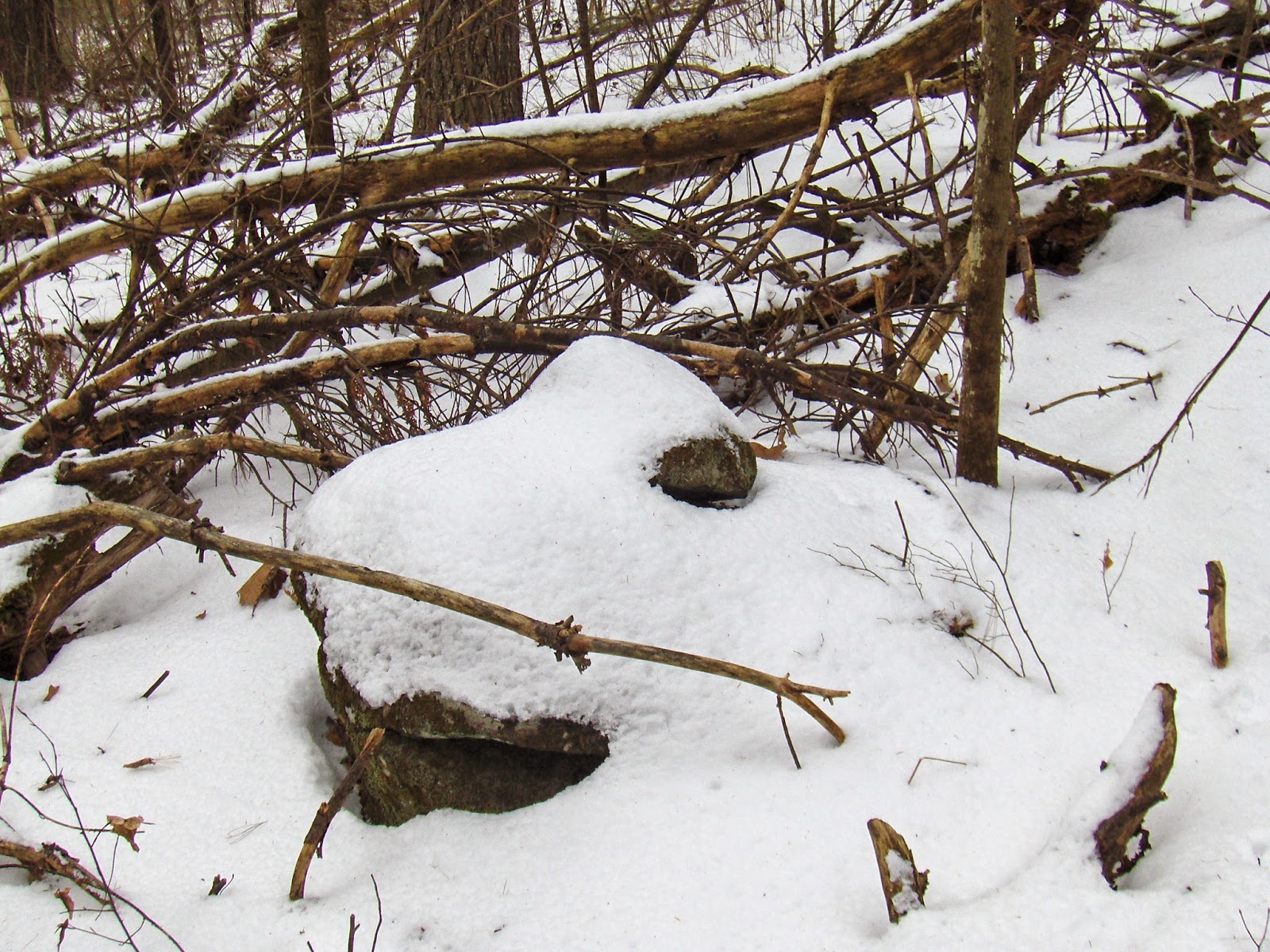From Curt Hoffman:
I now have got soils data on most of the sites in my inventory.
Looking at this, it seems that sites with high agricultural
productivity, low productivity, and no productivity (rock outcrops and
swamps) are in about equal numbers at 30% of the total each, with sites
used for pasturage and with moderate productivity constituting the
balance. However, sites with only rock piles and no other types
(constituting about 1/3 of the total) are almost twice as likely to be
found in agricultural lands, and this is statistically significant at
the 100% confidence interval. This is especially the case in Georgia
and South Carolina. By contrast, they are much more likely to be found
on infertile lands in Vermont and Maine. The attached graph, color
coded by sextile %s, illustrates this.



























































